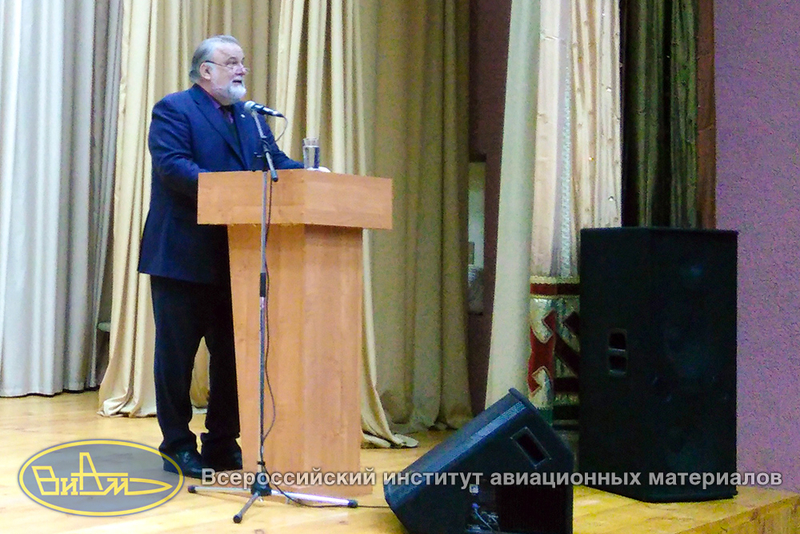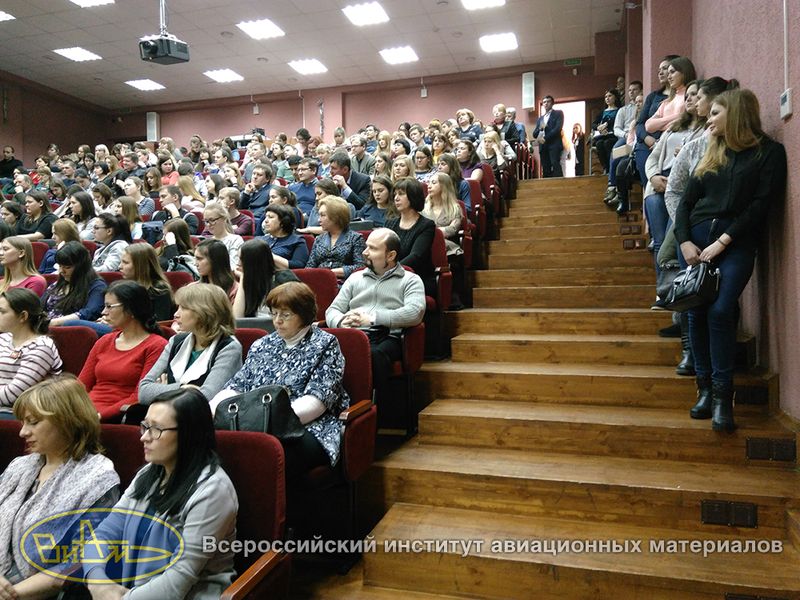5 марта 2018 года Генеральный директор Всероссийского научно-исследовательского института авиационных материалов (ВИАМ), академик РАН Евгений Николаевич Каблов провел встречу со студентами, аспирантами и профессорско-преподавательским составом Мордовского государственного педагогического института имени М.Е. Евсевьева.

В своем выступлении Евгений Каблов отметил важность качественного школьного образования для развития страны. Особое внимание, по его мнению, следует уделять одаренным детям, которые станут движущей силой научно-технологического развития России. «Безусловно, путь в науку начинается со школьной скамьи. Именно в Мордовии возник один из первых специализированных центров для одаренных детей – Республиканский лицей, в котором учатся дети не только из Мордовии, но еще из 19 регионов России. И особенно отрадно, что Президент РФ поддержал инициативу Республики и подобные центры сейчас возникают во многих субъектах Российской Федерации», – отметил Евгений Каблов.

По словам руководителя ВИАМ, необходимо развивать профессиональную ориентацию еще со школы. Партнерами школ должны быть ведущие научные организации и предприятия реального сектора экономики. В качестве успешной реализации подобной профориентации Евгений Каблов привел пример конкурс «Материаловед будущего», организатором которого выступает ВИАМ. Его победители получают преимущественное право поступления в ведущие технические вузы страны.
В заключение своего выступления Евгений Каблов призвал всех прийти 18 марта на избирательные участки и принять участие в выборах Президента Российской Федерации.
СПРАВОЧНО
Мордовский государственный педагогический институт имени М. Е. Евсевьева основан 30 июня 1962 года. Институт является центром педагогического образования, науки и культуры Республики Мордовия, назван в честь Макара Евсевьевича Евсевьева, мордовского ученого и педагога.


